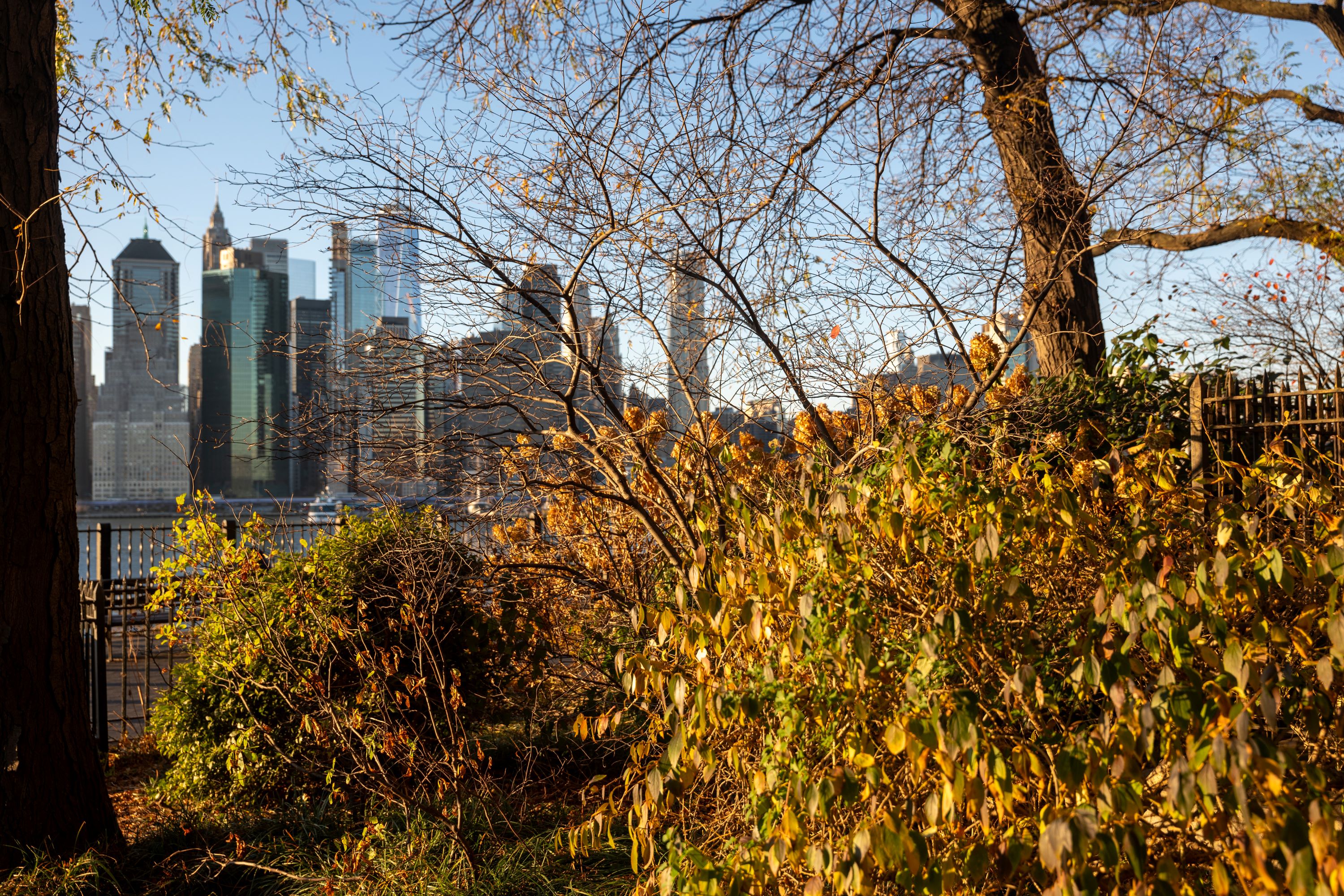The tri-state area, along with most of the northeast and mid-Atlantic regions, continues to choke under prolonged exposure to the dense smoke filtering in from Quebec, Canada this week.
It is the result of a “perfect storm” of phenomena coming together in the wrong place and at the wrong time.
First, there are the fires themselves. They are producing copious amounts of smoke in one of the worst wildfire seasons that Canada has seen. Second, atmospheric wind patterns have been locked in place all week. And they are positioned to send smoke straight into our backyard day after day.
The meteorological phenomenon responsible for this unfortunate, persistent wind flow is called an Omega Block -- a high-pressure system in the middle of North America flanked by low-pressure centers on each coast.
It results in a highly-buckled jet stream wind flow -- resembling the Greek letter Omega -- that effectively “blocks” movement of these highs and lows.

Get Tri-state area news delivered to your inbox. Sign up for NBC New York's News Headlines newsletter.


In the northeast, the nearly-stationary low pressure system northeast of New York has been positioned perfectly to funnel the Quebec wildfire smoke directly into our backyard. As the fires rage on, the smoke keeps spewing and it all keeps flowing south, straight toward us, day after day.
Local
You may have noticed this week that the smoke has been thickest in the afternoon and evening. That’s not a figment of your imagination. Nor is it a coincidence.
Much of the smoke is transported here from Canada via the upper level winds several thousand feet above the ground. During the afternoon hours, as surface temperatures rise, the atmosphere destabilizes. Pockets of warm, more buoyant air near the ground begin to lift – like a hot air balloon. At the same time, some of the smoky air aloft drifts downward to fill the void left behind. This vertical mixing in the atmosphere delivers smoke all the way down to ground level, leading to plummeting air quality levels.
Overnight, as temperatures cool, the atmosphere stabilizes and the vertical mixing stops, giving the smoke at the surface a chance to dissipate. The next afternoon, the process happens all over again.



We’ll be dealing with the smoke until our the fires are out or atmospheric wind patterns change. It looks like the latter should finally happen by this weekend. Air quality alerts remain in place through Thursday, but significant improvements are likely by Friday and Saturday as the prevailing winds steer the smoke away from the tri-state area.




